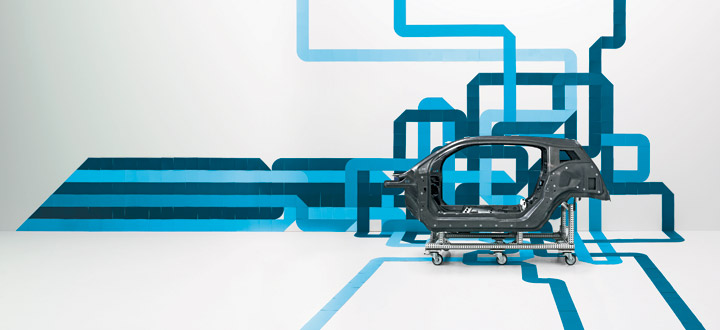
lcome to the future of urban modernity, a future that is still being written, its canvas somehow extracted from the crowded city streets of the world’s great metropolises. Cities were once shaped by transport, public and private. But now the inverse is true, and we are more wary of the impact that transportation has on the urban fabric, the quality of the air, and the experience of the streets.
BMW believes in pushing technological boundaries. In 2007, the German manufacturer established Project i, a far-reaching think tank designed to explore all aspects of future mobility, and now transfers all its knowledge into the sub-brand BMW i.
BMW i exists for the emerging world of ultra-dense megacities, whose ten million-plus populations offer limitless opportunities for new approaches, as well as fresh pitfalls to avoid. Personal transportation remains an integral element of the metropolis, now and tomorrow. Today, the US has nearly 600 cars for every 1,000 people, while emerging markets such as India and China have far fewer; 11 and 22 per 1,000 respectively. Yet these countries are also home to the new megacities, and their exploding urban centres all clamouring for the perceived freedom of the automobile.
Things have to change. While vastly more energy-efficient and safe than their ancestors, today’s cars still need an evolutionary leap. BMW i sets out to discover this, in the process providing the intellectual and technological underpinnings of the new sub-brand -- which will retain the company’s celebrated design and dynamic qualities, using highly refined, ultra-light carbon-fibre based components. By starting with a ground-up reassessment of the way city dwellers buy and use personal transportation, BMW i will bring together fresh thinking in future mobility, design, manufacturing and marketing. BMW i and Wallpaper* are going further. In the next six months, six design schools from six different cities (see previous page) will be invited to explore new ways in which the modern city will evolve around this new transport revolution. Teams of design students will pursue ideas that embrace future mobility, urban accommodation, and commercial and cultural activity.
Mindful that yesterday’s futurism is today’s nostalgia, we will eschew the shiny, all-new metropolis, in favour of a more pragmatic approach, a combination of new paradigms with evolutionary design. This collaboration is an exploration of every kind of new urban initiative, from the form and function of car-park charging stations, or the apartment of tomorrow, to sustainable programmes such as micro-power generation or urban re-greening, or even efficiency-generating ventures, such as public storage spaces and location-based technology. The possibilities are endless. Each team will be tasked with realising a vision for their neighbourhood in the future, extrapolating current concerns and emerging technologies to create new ways of doing things in design, architecture and culture.
Wallpaper* will be following the evolution of these designs and associated research at Wallpaper.com in the months to come. We expect lateral thinking, collaboration and creativity, ideas that may require ideological shifts, yet which remain entirely feasible.
Wallpaper* and BMW i are exploring the near future through the eyes of design, showing ways in which these six key cities could conceivably evolve through the initiative of the young designers who will ultimately be pivotal players
in the cities of tomorrow
Receive our daily digest of inspiration, escapism and design stories from around the world direct to your inbox.
Jonathan Bell has written for Wallpaper* magazine since 1999, covering everything from architecture and transport design to books, tech and graphic design. He is now the magazine’s Transport and Technology Editor. Jonathan has written and edited 15 books, including Concept Car Design, 21st Century House, and The New Modern House. He is also the host of Wallpaper’s first podcast.
-
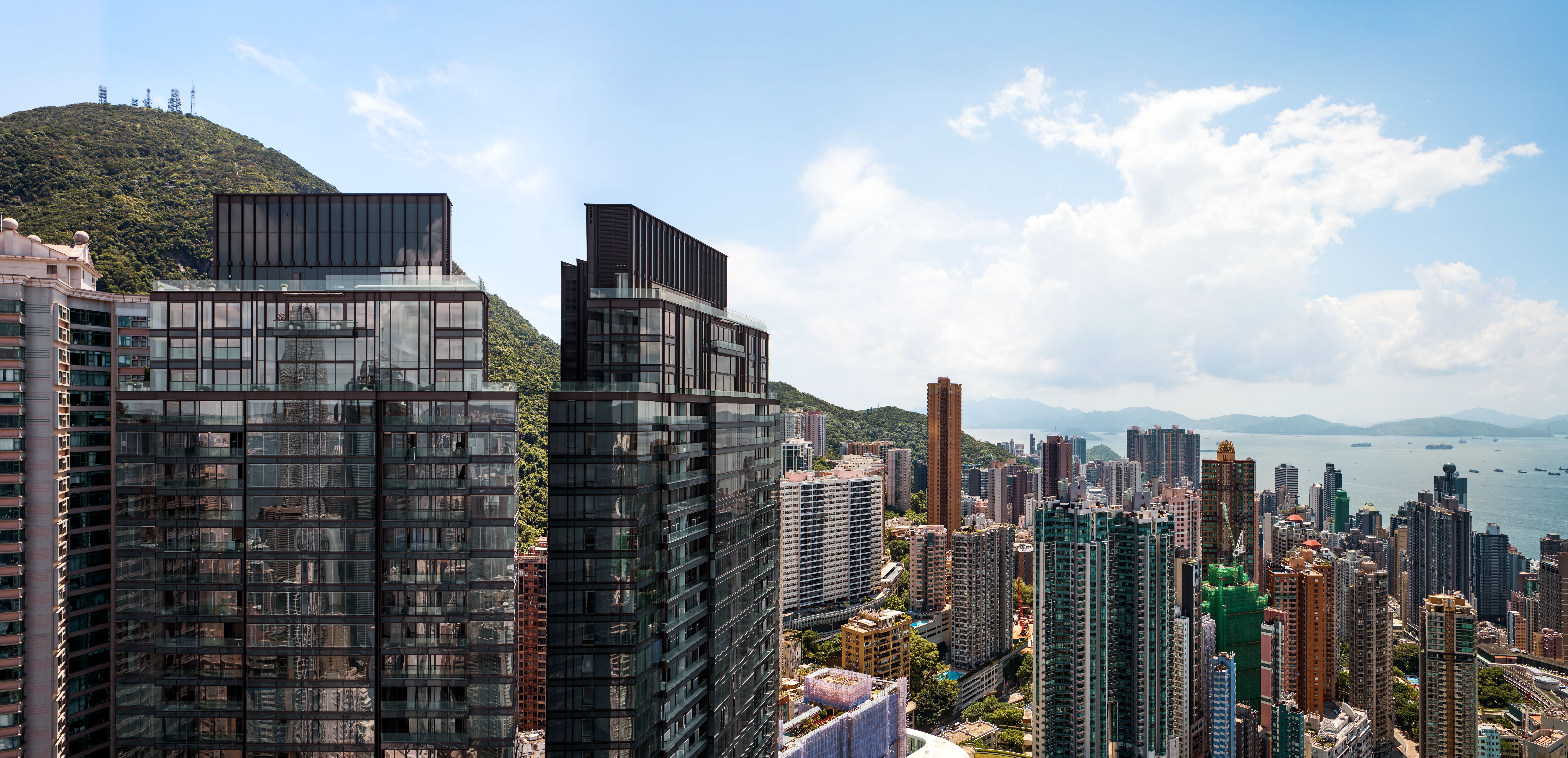 Discover The Legacy, Hong Kong’s eye-catching new condo
Discover The Legacy, Hong Kong’s eye-catching new condoThe Legacy, by ACPV Architects Antonio Citterio Patricia Viel, is a striking new condo tower that aims to ‘create a sense of community and solidarity among people’
-
 In BDSM biker romance ‘Pillion’, clothes become a medium for ‘fantasy and fetishism’
In BDSM biker romance ‘Pillion’, clothes become a medium for ‘fantasy and fetishism’Costume designer Grace Snell breaks down the leather-heavy wardrobe for the Alexander Skarsgård-starring Pillion, which traces a dom/sub relationship between a shy parking attendant and a biker
-
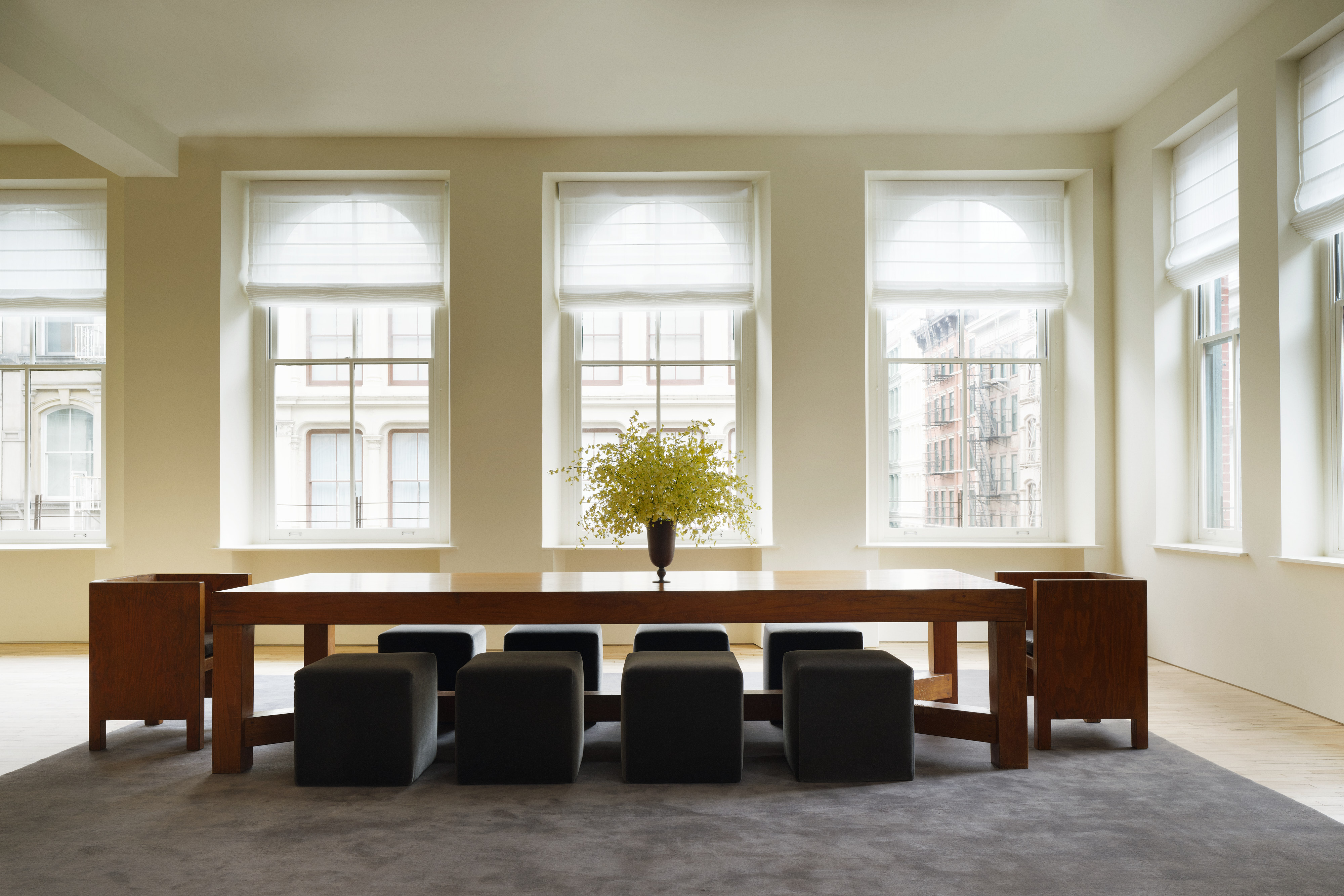 Tour Aflalo’s first retail space, a gallery-like studio in New York
Tour Aflalo’s first retail space, a gallery-like studio in New YorkLight-filled and elegant, Aflalo has opened its first retail space in a classic Soho loft, reimagined by Nordic Knots Studio
-
 All the new electric cars and concepts revealed at Munich’s IAA Mobility 2025
All the new electric cars and concepts revealed at Munich’s IAA Mobility 2025Munich’s alternative motorshow is now in its third iteration, combining a traditional exhibition space with a conference and large-scale public activations on the streets of the city
-
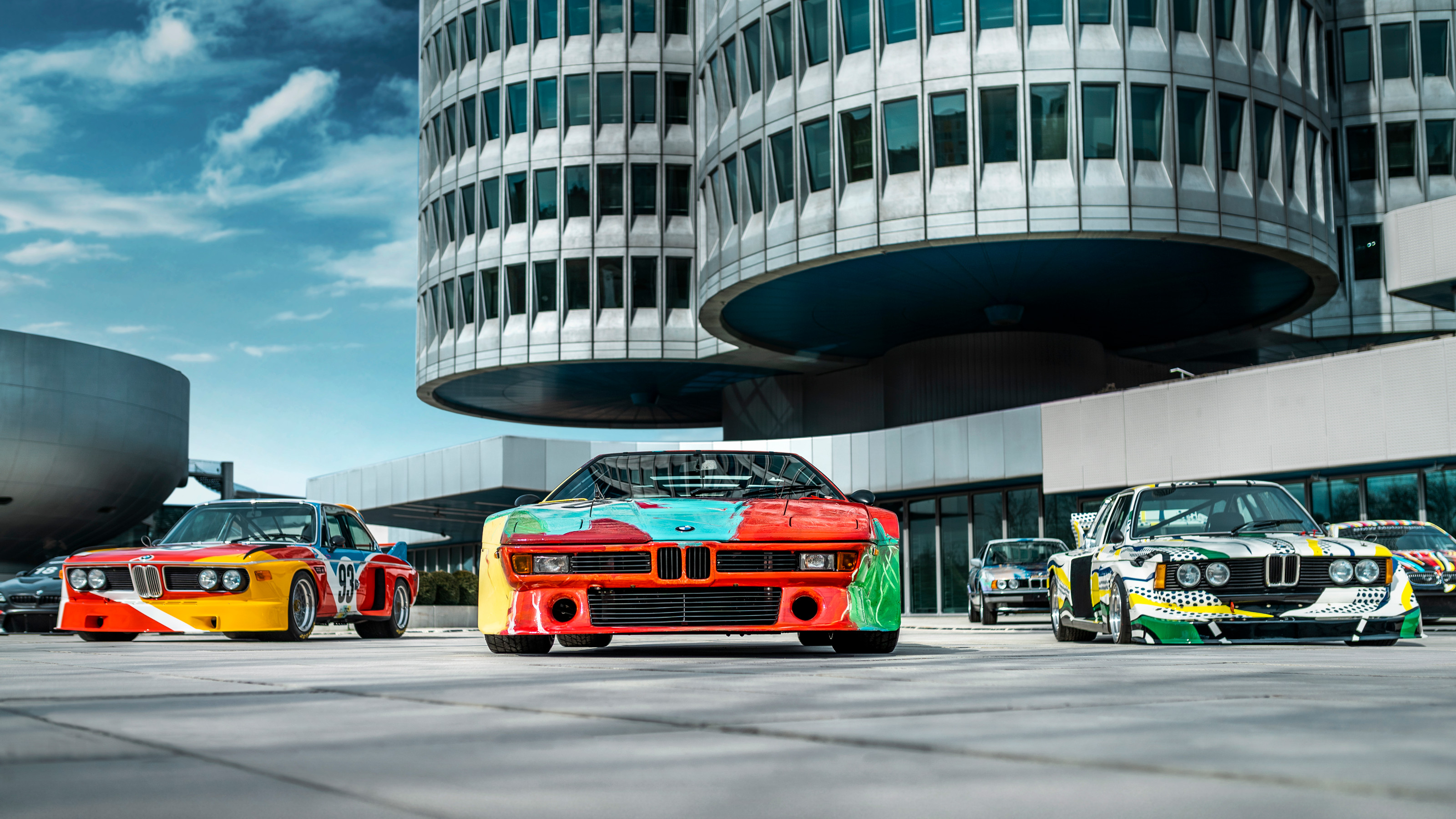 BMW celebrates half a century of its pioneering Art Car project with exhibitions and more
BMW celebrates half a century of its pioneering Art Car project with exhibitions and moreWe present a portfolio of the artists who have contributed to 50 years of BMW Art Cars, including Andy Warhol, John Baldessari, Jenny Holzer and David Hockney
-
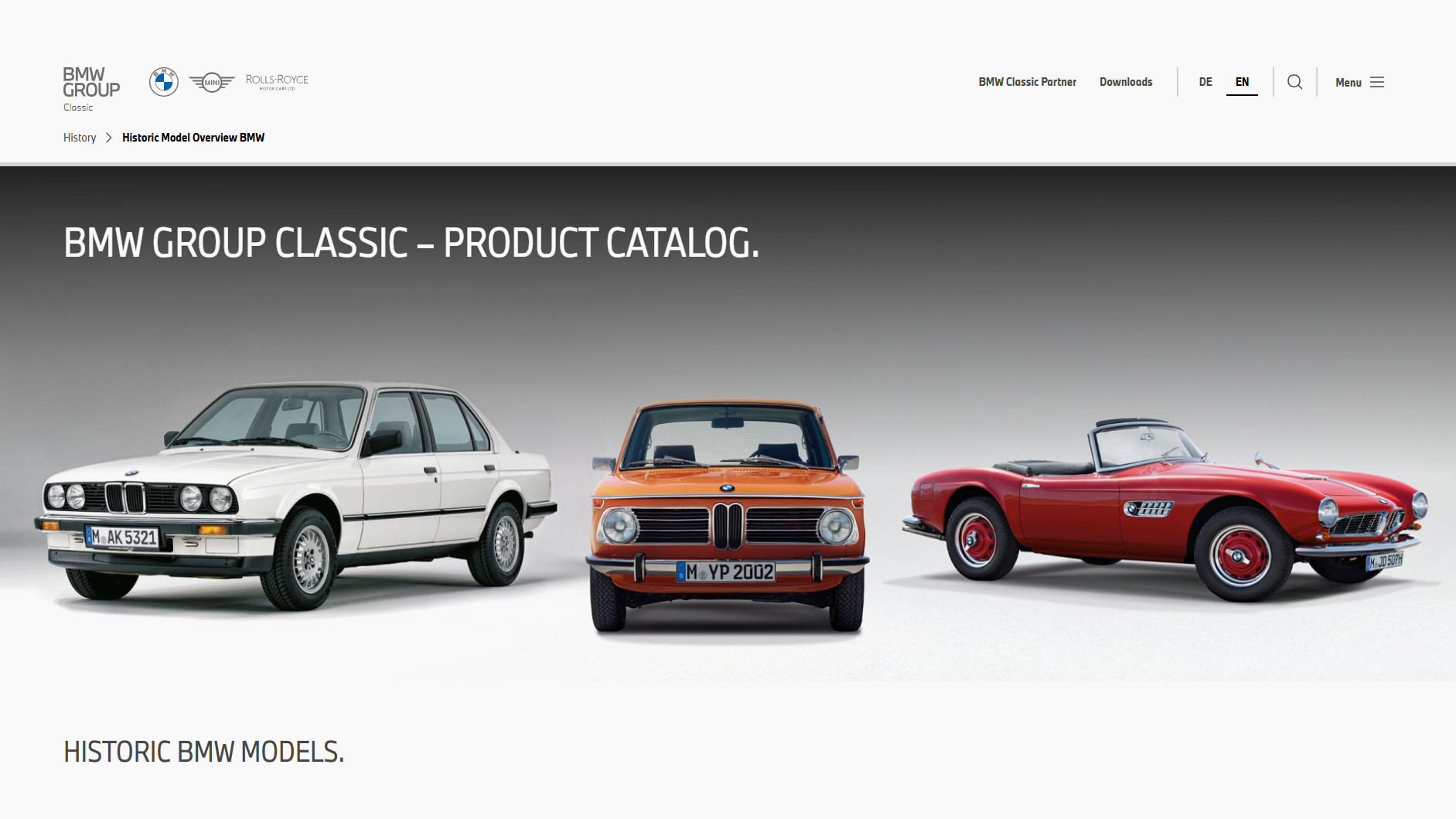 Peruse the new BMW Group Archive to explore the evolution of BMW design over the decades
Peruse the new BMW Group Archive to explore the evolution of BMW design over the decadesFor lovers of the marque, BMW’s commitment to online archiving is second to none. The latest website from the Bavarian manufacturer is this extensive visual catalogue of 80 years’ worth of BMW design
-
 The top 10 concept cars of 2024, as selected by Wallpaper’s Transport Editor
The top 10 concept cars of 2024, as selected by Wallpaper’s Transport EditorWe round up our favourite forays into futuristic design with this collection of concepts and design studies showcasing the transport of tomorrow
-
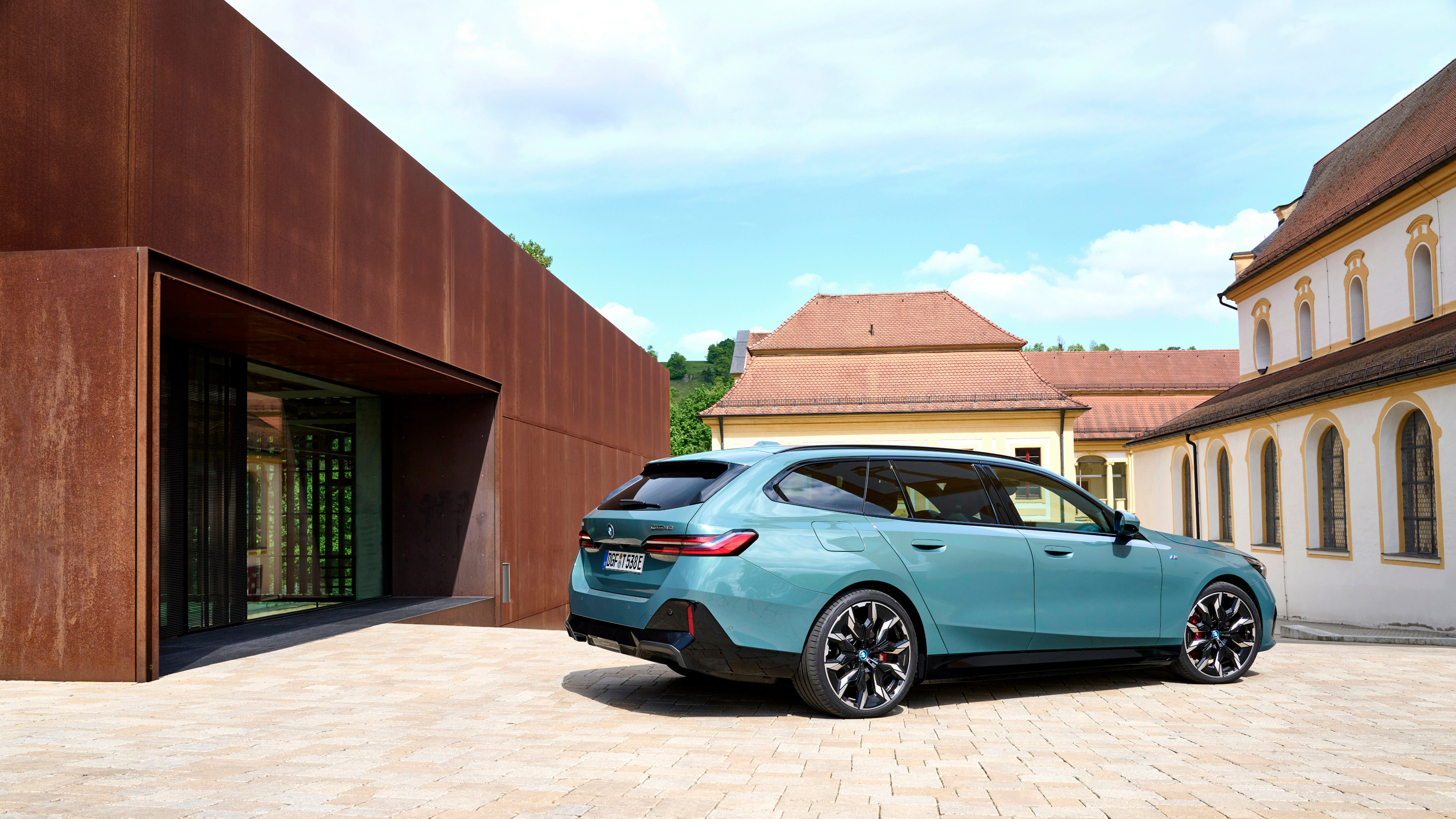 New BMW i5 Touring is an all-electric tech powerhouse that brings the noise
New BMW i5 Touring is an all-electric tech powerhouse that brings the noiseBMW has thrown its considerable expertise into making the i5 eDrive40 M Sport Pro Touring the ultimate zero-emission all-rounder. Jonathan Bell tries it out
-
 BMW’s limited-edition Skytop roadster draws on the past. Could it also predict the future?
BMW’s limited-edition Skytop roadster draws on the past. Could it also predict the future?Just 50 examples of the BMW Skytop are being built, and they’ve all been spoken for. We examine whether this classically styled machine is a harbinger of aesthetic change
-
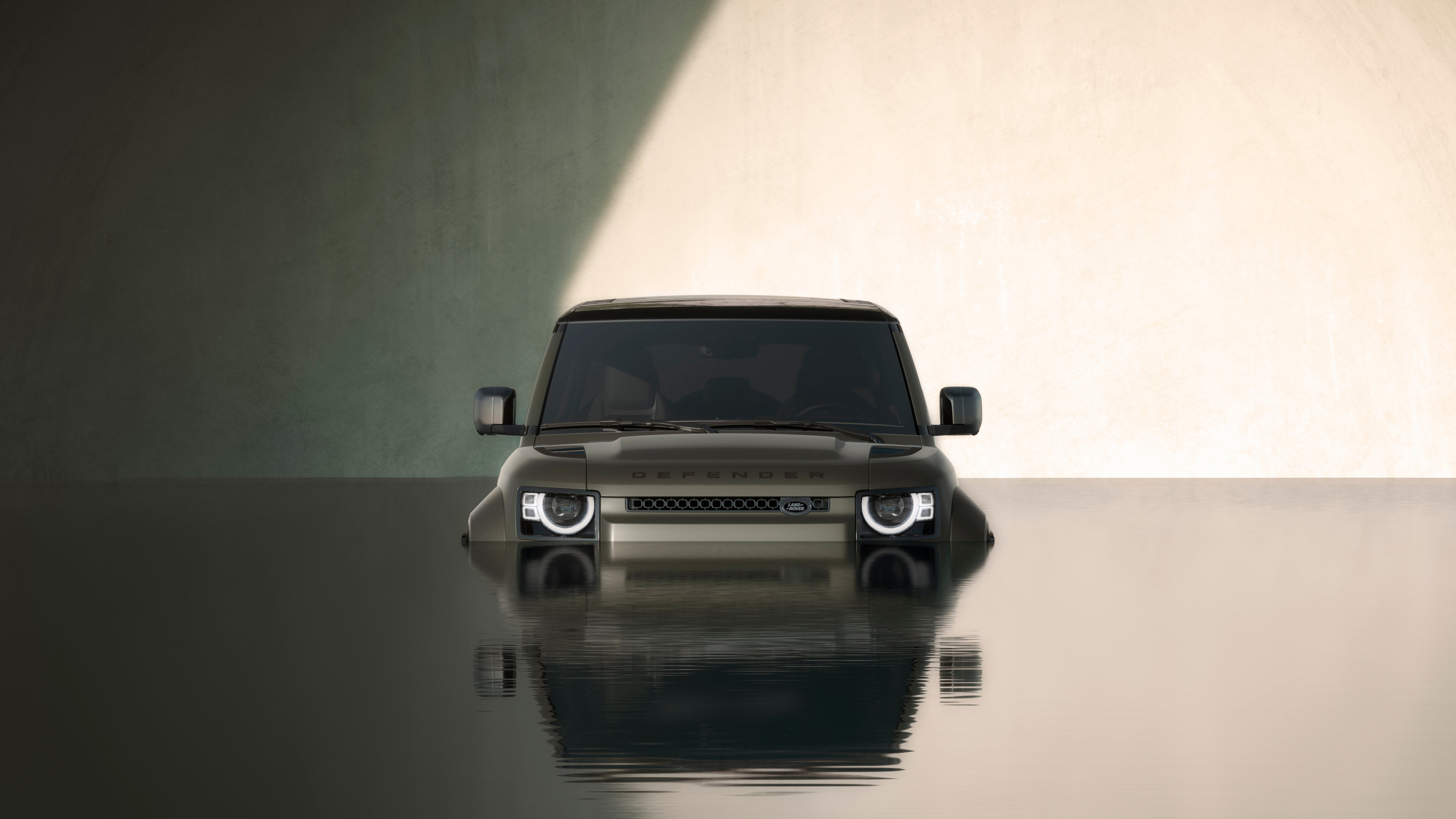 The 2024 Goodwood Festival of Speed hosted a wealth of auto innovation, from hypercars to hot hatches
The 2024 Goodwood Festival of Speed hosted a wealth of auto innovation, from hypercars to hot hatchesThe best new SUVs, EVs, hatchbacks and supercars to emerge from the 2024 Goodwood Festival of Speed
-
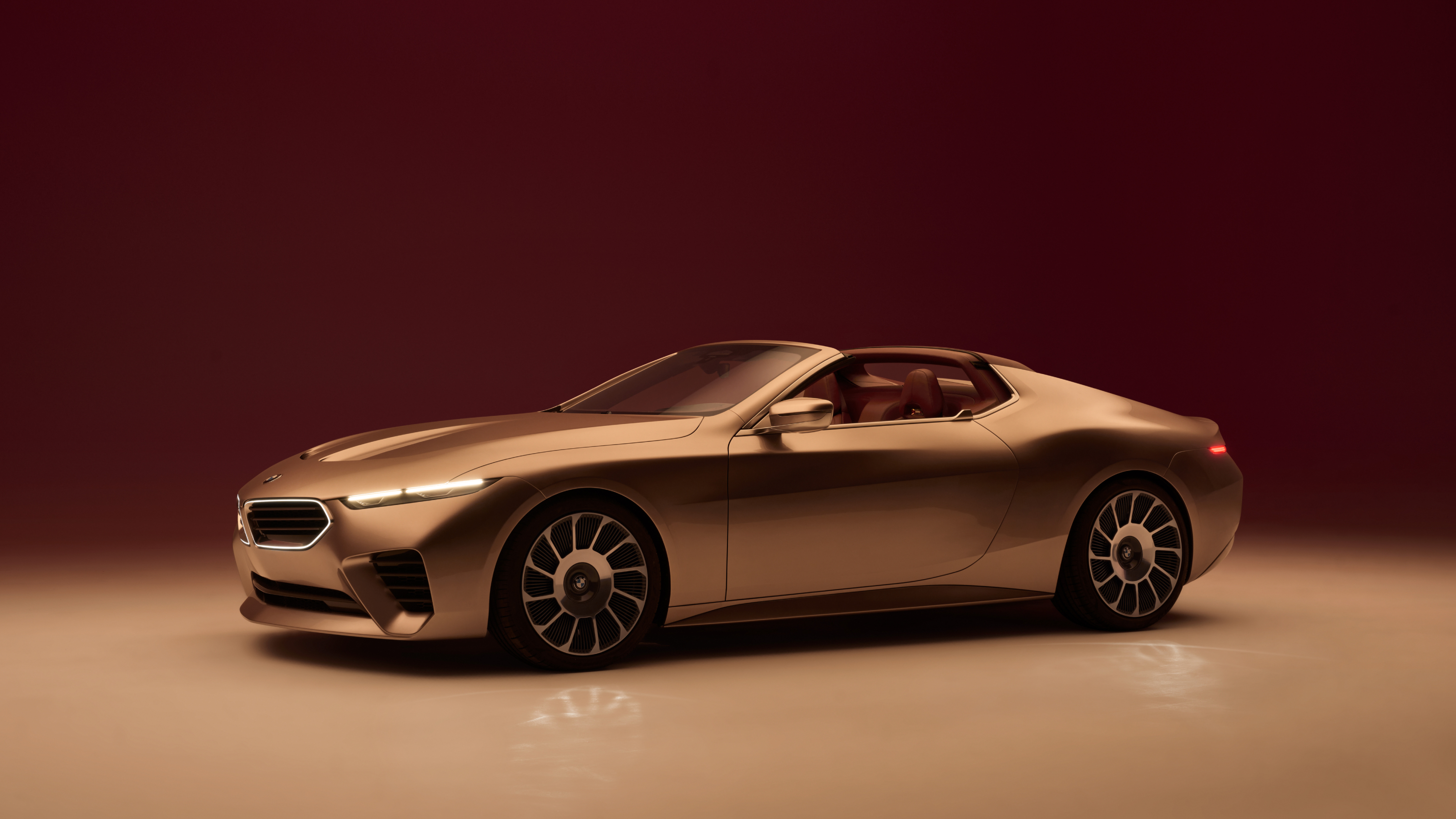 The Concept Mercedes-AMG PureSpeed and BMW Concept Skytop offer drop-top dreams
The Concept Mercedes-AMG PureSpeed and BMW Concept Skytop offer drop-top dreamsBMW and Mercedes-AMG open up with two new convertible concepts, one pitched at performance, the other at the spirit of the good life